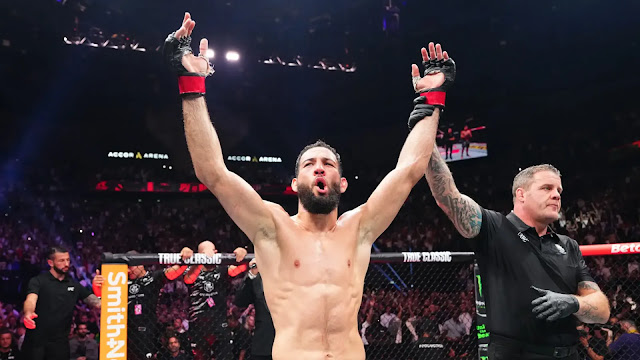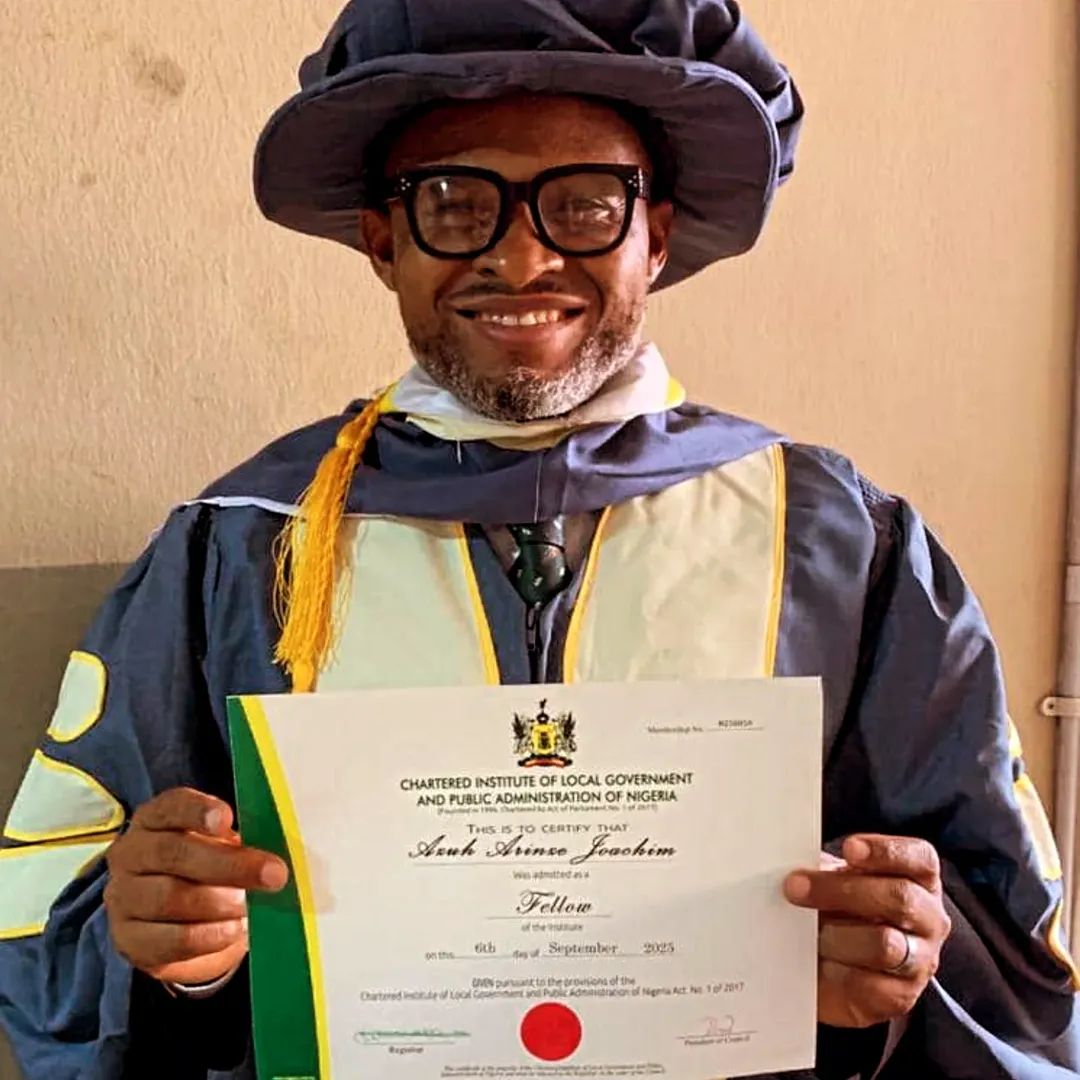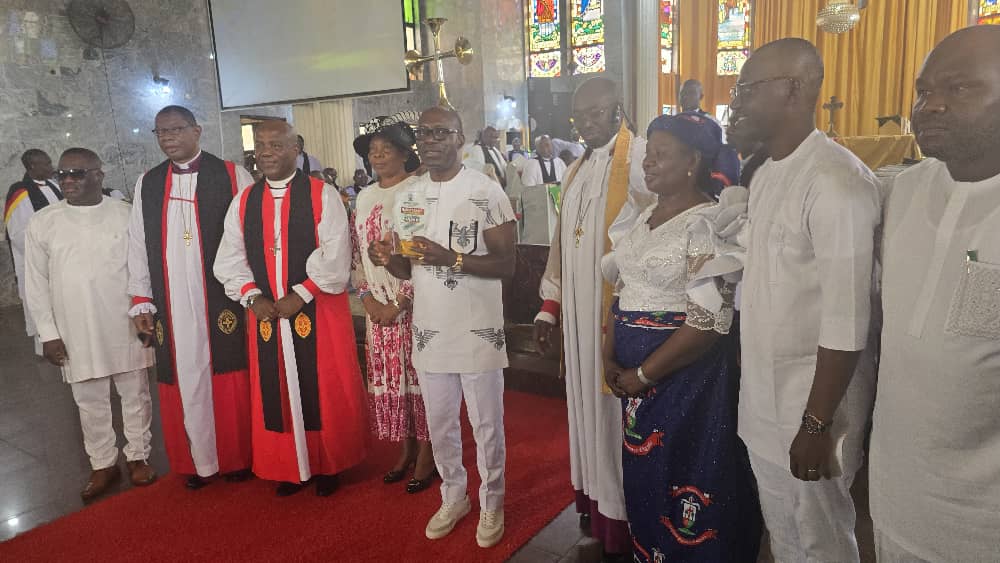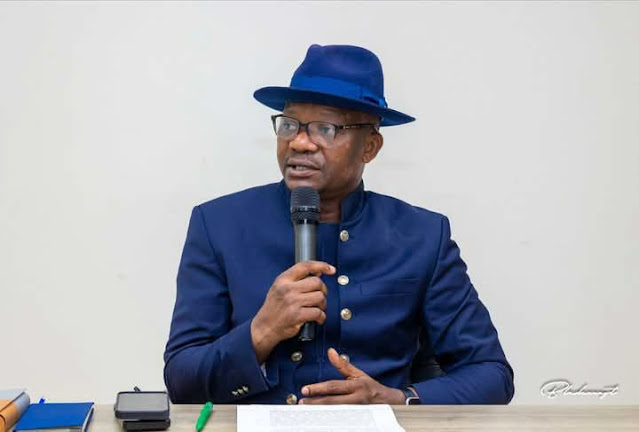In a night filled with electrifying action, Dricus Du Plessis, the South African mixed martial arts (MMA) sensation, solidified his reign as the UFC middleweight champion with a masterful performance against the surging Brazilian contender, Caio Borralho, at UFC 305 in Perth, Australia. The event, held at the RAC Arena, was a showcase of high-level martial arts, with Du Plessis once again proving why he is one of the most dynamic and resilient fighters in the 185-pound division. The fight, which headlined the pay-per-view card, ended with Du Plessis securing a unanimous decision victory, further cementing his legacy as a dominant force in the Ultimate Fighting Championship (UFC).
The Build-Up to UFC 305: A Clash of Titans
The anticipation for UFC 305 was palpable, as fans and analysts alike eagerly awaited the clash between Du Plessis, nicknamed “Stillknocks,” and Borralho, known as “The Natural.” Du Plessis, who captured the middleweight title in a stunning upset against Israel Adesanya at UFC 297 in January 2024, entered the fight as a defending champion for the second time. His unorthodox fighting style, relentless pressure, and ability to overcome adversity had made him a fan favorite and a nightmare for opponents. However, Borralho, an undefeated prospect with a 6-0 record in the UFC, posed a unique challenge. The Brazilian’s grappling-heavy approach, combined with his sharp striking and calm demeanor, had earned him a reputation as a future title contender.
The middleweight division has long been one of the UFC’s most competitive weight classes, with a storied history featuring legends like Anderson Silva, Chris Weidman, and more recently, Israel Adesanya. Du Plessis’s rise to the top had been nothing short of meteoric, and his title defenses were seen as critical tests of his ability to hold onto the belt in a division teeming with talent. Borralho, on the other hand, represented the new blood in the division—a fighter who had climbed the ranks with clinical performances and was now looking to seize the opportunity to dethrone the champion.
The lead-up to the fight was marked by intense media scrutiny and fan speculation. Du Plessis, known for his brash confidence and willingness to engage in verbal sparring, had exchanged words with Borralho in the weeks leading up to the event. While Borralho maintained a composed and respectful demeanor, Du Plessis leaned into his role as the outspoken champion, hyping the fight as a battle between two contrasting styles. The South African’s confidence was rooted in his belief that his pressure-heavy, chaotic approach would overwhelm Borralho’s technical precision.
The Fighters: A Tale of Contrasts
To fully appreciate the significance of this fight, it’s worth delving into the backgrounds of both competitors. Dricus Du Plessis, hailing from Pretoria, South Africa, is a product of the Team CIT MMA gym, where he honed his skills under the guidance of coach Morne Visser. His journey to the UFC was marked by dominance in regional promotions, most notably the Extreme Fighting Championship (EFC), where he won titles in both the middleweight and welterweight divisions. Du Plessis’s fighting style is a unique blend of aggressive striking, relentless wrestling, and an almost uncanny ability to absorb punishment and keep moving forward. His cardio, heart, and willingness to engage in firefights have made him a fan favorite, but they’ve also raised questions about his long-term durability in a division filled with technical savants.
Caio Borralho, meanwhile, emerged from the Brazilian MMA scene with a reputation as a grappling prodigy. Training out of the Fighting Nerds gym in São Paulo, Borralho’s background in Brazilian Jiu-Jitsu (BJJ) gave him an edge on the ground, where he had secured multiple submission victories throughout his career. However, what made Borralho particularly dangerous was his evolution as a striker. Under the tutelage of coaches who emphasized a holistic approach to MMA, Borralho developed crisp boxing and a versatile kicking game, making him a well-rounded threat. His calm and calculated demeanor in the octagon contrasted sharply with Du Plessis’s frenetic energy, setting the stage for a classic stylistic matchup.
Both fighters entered UFC 305 in peak physical condition, with Du Plessis coming off a hard-fought victory over Sean Strickland in a title defense earlier in 2024, and Borralho riding a wave of momentum after a string of dominant performances against ranked opponents. The stakes couldn’t have been higher: for Du Plessis, a win would solidify his status as a legitimate champion, while for Borralho, a victory would mark the arrival of a new star in the middleweight division.
The Fight: A Masterclass in Pressure and Precision
As the main event of UFC 305 got underway, the atmosphere inside the RAC Arena was electric. The Australian crowd, known for its passionate support of MMA, roared as the two fighters made their way to the octagon. Du Plessis, sporting his signature South African flag, exuded confidence, while Borralho’s stoic expression hinted at the calculated game plan he had in store.
Round 1: Feeling Each Other Out
The opening round began with both fighters cautiously probing, each looking to establish their rhythm. Du Plessis, true to form, pushed forward with a high guard, throwing looping punches and low kicks to gauge Borralho’s reactions. The Brazilian, however, showcased his technical prowess, using crisp footwork to maintain distance and counter with sharp jabs and teep kicks to keep Du Plessis at bay. Borralho’s grappling credentials were on display early, as he attempted a takedown midway through the round, but Du Plessis’s stout takedown defense kept the fight standing.
As the round progressed, Du Plessis began to find his range, landing a stinging overhand right that briefly rocked Borralho. The Brazilian recovered quickly, answering with a well-timed body kick that drew a grimace from the champion. The round ended with both fighters exchanging flurries in the center of the octagon, with Du Plessis’s aggression earning him a slight edge on the judges’ scorecards.
Round 2: Du Plessis Turns Up the Heat
The second round saw Du Plessis lean into his trademark pressure. He began cutting off the cage, forcing Borralho to fight off his back foot. The South African’s unorthodox striking—marked by awkward angles and unpredictable combinations—started to frustrate Borralho, who struggled to find openings for his counters. Du Plessis landed a series of heavy leg kicks that visibly slowed the Brazilian’s movement, and a well-timed double-leg takedown attempt nearly succeeded in bringing the fight to the mat.
Borralho, however, showed his resilience, scrambling back to his feet and landing a crisp one-two combination that snapped Du Plessis’s head back. The Brazilian’s composure under pressure was evident, but Du Plessis’s relentless pace began to take its toll. By the end of the round, Borralho’s face showed signs of damage, with a cut opening above his left eye, while Du Plessis appeared unfazed, feeding off the energy of the crowd.
Round 3: Borralho’s Grappling Threat
Sensing he was down on the scorecards, Borralho came out aggressively in the third round, looking to impose his grappling game. He shot for a takedown early, catching Du Plessis off-guard and briefly securing top position. The Brazilian’s BJJ black belt was on full display as he transitioned to Du Plessis’s back, threatening with a rear-naked choke. For a moment, it seemed as though Borralho might pull off the upset, but Du Plessis’s scrambling ability and sheer tenacity allowed him to escape and return to his feet.
Back in the striking realm, Du Plessis regained control, landing a brutal combination of hooks and uppercuts that staggered Borralho. The Brazilian’s durability kept him in the fight, but his output began to wane as Du Plessis’s pressure mounted. The round ended with Du Plessis landing a spinning back fist that drew a roar from the crowd, further solidifying his dominance.
Rounds 4 and 5: The Champion’s Resolve
The championship rounds were a testament to Du Plessis’s conditioning and mental fortitude. Despite Borralho’s efforts to slow the fight down with clinch work and takedown attempts, Du Plessis remained relentless, consistently pushing forward and landing damaging strikes. Borralho’s counters became less frequent as fatigue set in, and his attempts to secure submissions were thwarted by Du Plessis’s improved grappling defense.
In the fifth and final round, Du Plessis put an exclamation point on his performance, landing a devastating knee to Borralho’s midsection that forced the Brazilian to double over. Sensing an opportunity, Du Plessis unleashed a barrage of strikes, but Borralho’s heart kept him in the fight until the final bell. As the horn sounded, both fighters embraced, acknowledging the war they had just waged.
The Decision and Aftermath
When the judges’ scorecards were read, it was unanimous: Dricus Du Plessis was declared the winner with scores of 49-46, 49-46, and 50-45. The victory marked his second successful title defense and further solidified his place among the elite in the middleweight division. In his post-fight interview, Du Plessis praised Borralho’s toughness but declared his intent to continue dominating the division, calling out former champion Israel Adesanya for a potential rematch.
Borralho, while disappointed, remained gracious in defeat, vowing to return stronger. His performance, though not enough to secure the title, showcased his potential as a future contender. Analysts noted that Borralho’s ability to hang with Du Plessis for five rounds was a testament to his skill and heart, and he remains a fighter to watch in the coming years.
The Significance of Du Plessis’s Victory
Du Plessis’s win at UFC 305 carries significant implications for both his career and the middleweight division as a whole. For the South African, the victory silenced doubters who questioned his ability to defend the title against a rising star like Borralho. His unorthodox style, while sometimes criticized for its lack of polish, has proven to be a puzzle that even the most skilled fighters struggle to solve. With each title defense, Du Plessis is building a legacy as one of Africa’s greatest MMA exports, following in the footsteps of fighters like Kamaru Usman and Francis Ngannou.
For the middleweight division, the fight highlighted the depth of talent at 185 pounds. With contenders like Sean Strickland, Robert Whittaker, and Khamzat Chimaev waiting in the wings, Du Plessis’s reign is far from secure. However, his ability to adapt and overcome challenges suggests he could hold the belt for some time, provided he continues to evolve as a fighter.
The victory also had cultural significance for South Africa. Du Plessis, who proudly carries the flag of his homeland into the octagon, has become a symbol of national pride. His success has inspired a new generation of African fighters, and his post-fight comments often emphasize his desire to represent his country on the global stage.
The Road Ahead: What’s Next for Du Plessis and Borralho?
For Dricus Du Plessis, the immediate future likely involves another high-profile title defense. A rematch with Israel Adesanya, who has been vocal about wanting to reclaim the belt, seems like the most logical next step. Adesanya’s technical striking and star power would make for a blockbuster fight, and their previous encounter at UFC 297 was a closely contested affair that left fans clamoring for a sequel. Alternatively, a matchup against the winner of a potential bout between Sean Strickland and Robert Whittaker could further test Du Plessis’s mettle.
For Caio Borralho, the loss to Du Plessis is a setback but not a career-defining one. At just 31 years old, the Brazilian has plenty of time to refine his skills and climb back into title contention. A fight against a top-five opponent, such as Marvin Vettori or Brendan Allen, could serve as a stepping stone to another title shot in the future.
The Bigger Picture: MMA’s Global Appeal
UFC 305 was more than just a showcase of Du Plessis and Borralho’s skills; it was a testament to the global growth of MMA. The event drew a sold-out crowd in Perth, with fans from across the world tuning in to watch the action. The UFC’s ability to produce stars from diverse regions—South Africa, Brazil, Australia, and beyond—has helped the sport transcend cultural and geographical boundaries.
Du Plessis’s victory also underscores the importance of resilience and adaptability in MMA. His unorthodox approach may not be textbook, but it’s undeniably effective. In an era where fighters are increasingly well-rounded, Du Plessis’s ability to impose his will through sheer tenacity sets him apart.
Conclusion
Dricus Du Plessis’s unanimous decision victory over Caio Borralho at UFC 305 was a defining moment in his career and a thrilling chapter in the UFC middleweight division’s history. The fight showcased the best of what MMA has to offer: heart, skill, and unrelenting action. For Du Plessis, the win solidifies his status as a champion to be reckoned with, while for Borralho, it serves as a valuable learning experience on his path to greatness.
As the UFC continues to evolve, fighters like Du Plessis and Borralho represent the sport’s bright future. Their clash in Perth was a reminder of why MMA captivates millions around the world—a blend of athleticism, strategy, and raw emotion that leaves fans on the edge of their seats. With the middleweight division as competitive as ever, the road ahead promises more unforgettable battles, and Dricus Du Plessis, for now, remains the man to beat.





